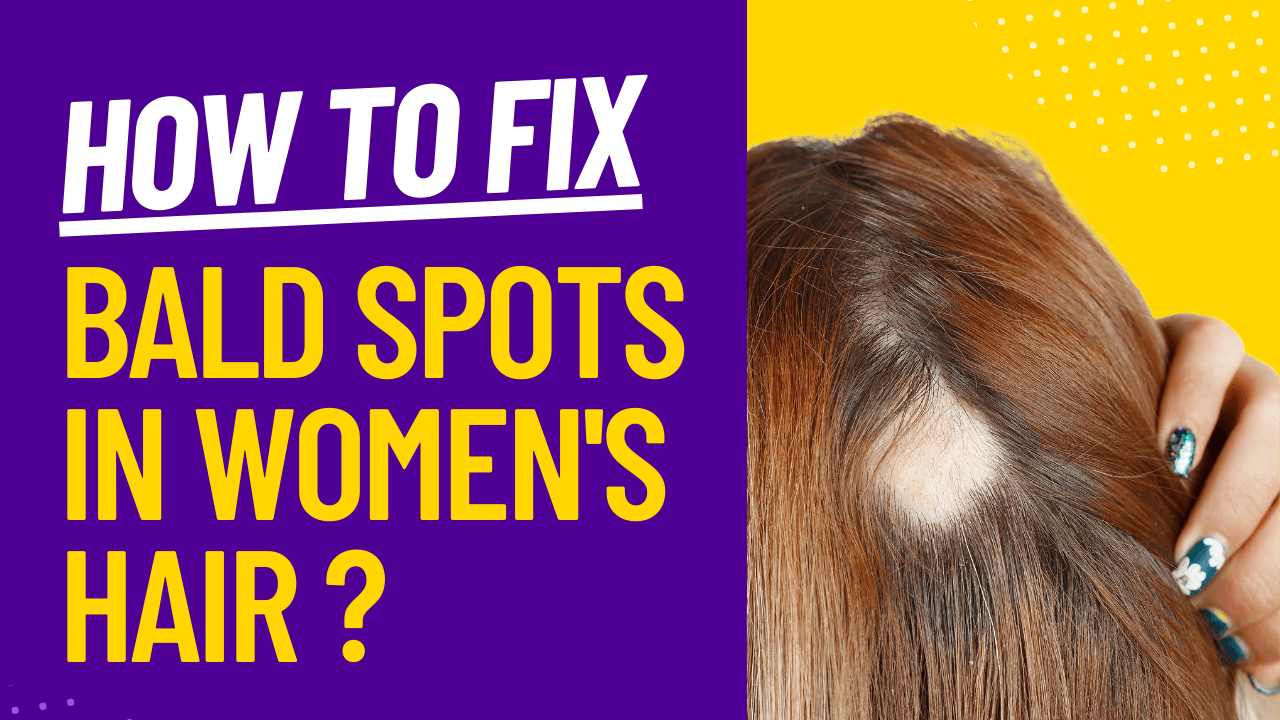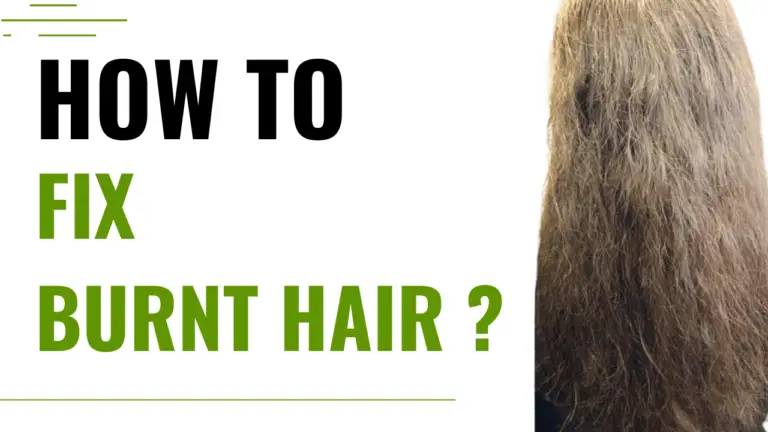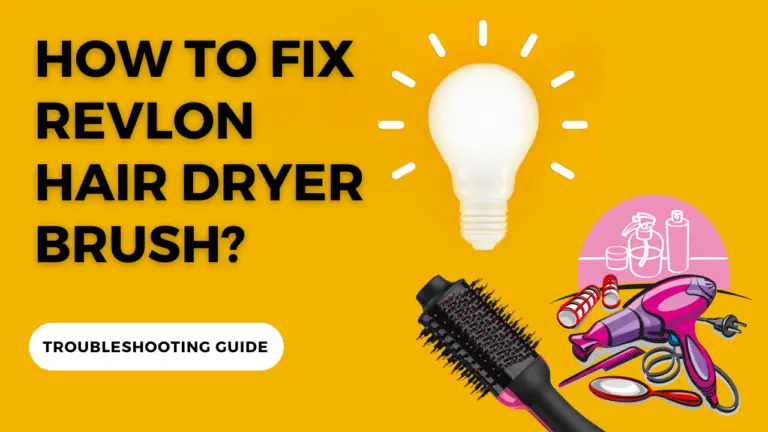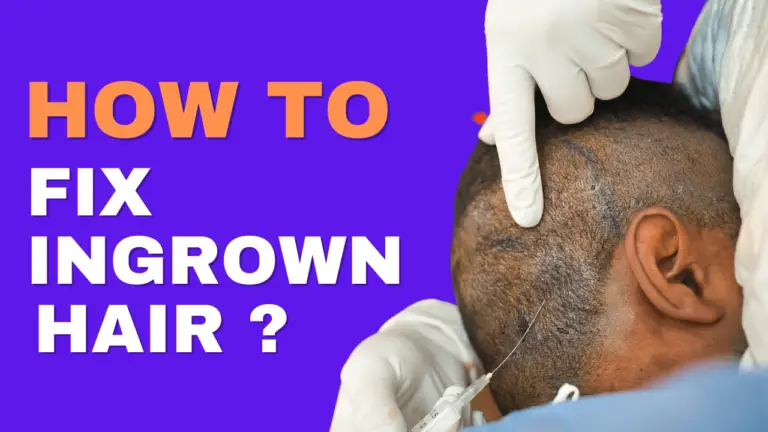How To Fix Bald Spots In Women’s Hair?
Last Updated on September 24, 2023 by Emily
Bald spots can be caused by various factors, including genetics, hormones, illness, or even certain hairstyles. If you’re dealing with bald spots, there are a few things you can do to try and fix the problem.
- First, if you think your bald spot might be due to genetics or hormones, talk to your doctor. There might be medication or treatments that can help.
- If your bald spot is due to an illness, such as alopecia, treatments can also help promote hair growth.
- If you’re bald spot is due to a hairstyle, such as tight braids or cornrows, try giving your hair a break from those styles and give it time to recover. In the meantime, try wearing a wig or hat to cover up the bald spot.
When dealing with a bald spot, options can help you fix the problem. Talk to your doctor to find out what might work best for you.
Contents
Is It Possible To Regrow Hair On A Bald Spot?
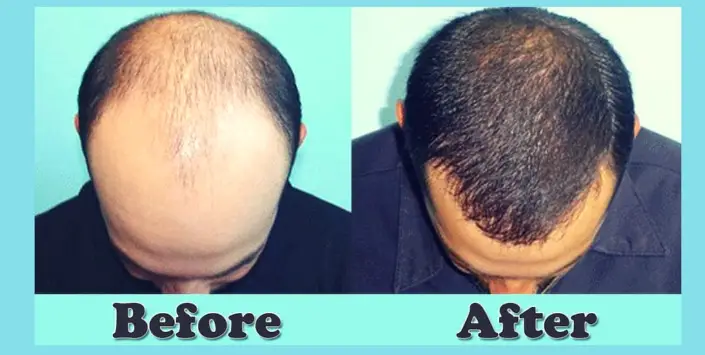
Yes, it is possible to regrow hair on a bald spot. Several methods can be used to encourage hair growth, such as:
- Topical Treatments: These can include minoxidil (Rogaine) and other medications applied directly to the scalp.
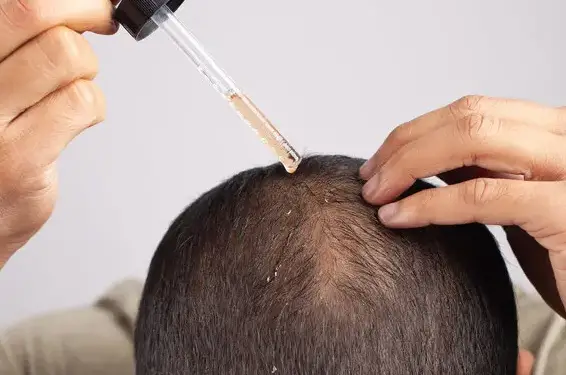
Topical Treatments - Laser Therapy: This involves using low-level lasers to stimulate hair growth.
- Platelet-Rich Plasma (PRP) Therapy: This newer treatment involves taking a person’s blood, spinning it down to concentrate the platelets, and injecting it into the scalp.
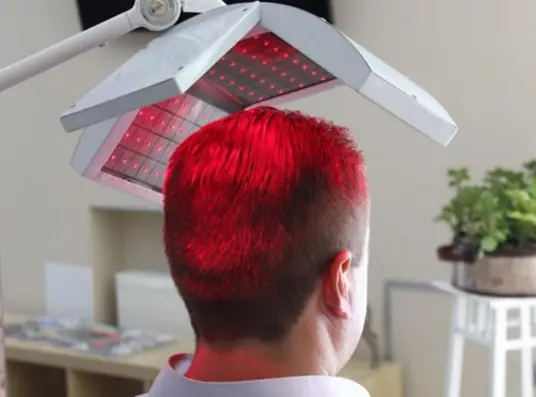
Laser Therapy - Surgery: In some cases, surgery may be an option to treat baldness. This can include hair transplants, scalp flaps, and other procedures.
Is Female Baldness Curable?
There is no cure for baldness, but treatments can be used to encourage hair growth or disguise the appearance of baldness.
What Is Female Pattern Baldness?
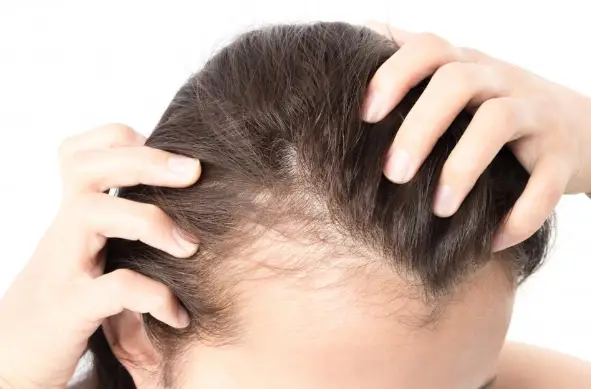
Female pattern baldness is a type of hair loss that can occur in women. It is thought to be caused by a combination of genetic and hormonal factors. Female pattern baldness typically results in a diffuse thinning of the hair over the entire scalp rather than one or more bald spots.
Female Pattern Baldness And The Genetic Link
Female pattern baldness is thought to be caused, at least in part, by genetic factors. Studies have shown that it tends to run in families, which suggests that there may be a genetic component.
Causes Of Hair Loss In Women
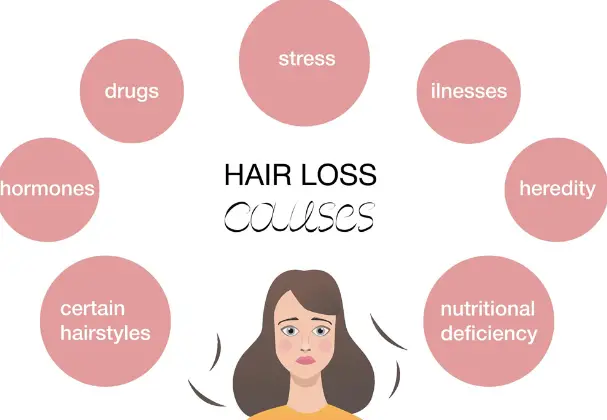
Hair loss can have many causes, including:
Hormonal Changes: Hair Loss In Women can be due to menopause, or thyroid problems.
Nutritional Deficiencies: Iron deficiency is one example.
Autoimmune Conditions: Alopecia areata is an autoimmune cause that can cause hair loss.
Medications: Certain medications, such as those used to treat cancer, can cause hair loss.
Stress: Physical or emotional stress can trigger a type of hair loss called telogen effluvium.
Illness: Fever, surgery or other illnesses can cause temporary hair loss.
Traction Alopecia: This is a type of hair loss that can be caused by tight hairstyles, such as ponytails or cornrows.
Trichotillomania: This is a condition where people compulsively pull their hair out.
Childbirth: Some women experience temporary hair loss called postpartum shedding after childbirth. This is thought to be due to hormone changes.
Ringworm: This is a fungal infection that can cause hair loss.
Tight Hairstyles: Hairstyles that pull on the hair, such as ponytails or cornrows, can cause hair loss called traction alopecia.
Chemical Treatments: Some hair treatments, such as bleaching or perming, can damage the hair and lead to hair loss.
Treatment for hair loss in women:
There are many treatment options available for hair loss in women. These can include:
Minoxidil (Rogaine): This medication is applied to the scalp. It is available over the counter or by prescription.
Laser Therapy: This involves using low-level lasers to stimulate hair growth.
Platelet-Rich Plasma (PRP) Therapy: This newer treatment involves taking a person’s blood, spinning it down to concentrate the platelets, and injecting it into the scalp.
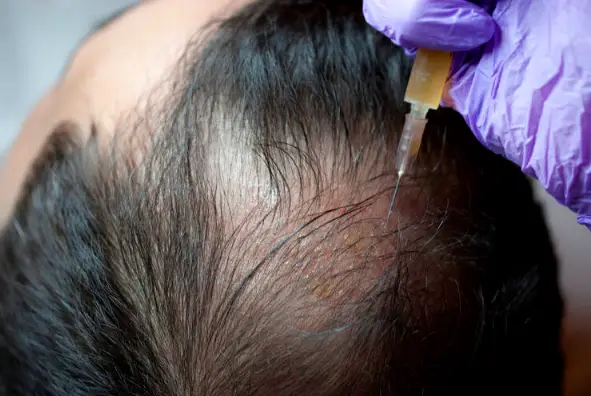
Surgery: In some cases, surgery may be an option to treat baldness. This can include hair transplants, scalp flaps, and other procedures.
Wigs Or Hairpieces: These can be used to cover up bald spots or areas of thinning hair.
Camouflage Products: These can be used to disguise bald spots or areas of thinning hair. They include powders, creams, and sprays.
Oral Medication: Certain oral medications, such as finasteride (Propecia) and dutasteride (Avodart), can be used to treat hair loss.
Prevention
There is no sure way to prevent hair loss. However, some things can be done to reduce the risk, such as:
Eating A Healthy Diet: This means eating foods rich in nutrients, such as fruits, vegetables, and lean proteins.
Managing Stress: Stress can contribute to hair loss. Therefore, it is important to find ways to manage stress. This can include yoga, meditation, and exercise.
Wearing Sunscreen: Sun exposure can damage the hair and lead to hair loss. Therefore, it is essential to wear sunscreen when spending time outdoors.
Taking Care Of Your Scalp: This means washing your scalp with a gentle shampoo and avoiding harsh chemicals.
FAQ’s
How Does Hair Grow?
Hair grows from follicles, which are tiny holes in the skin. The follicles are connected to small blood vessels, which supply them with nutrients.
How Much Is Hair Loss Normal?
It is normal to lose 50-100 hairs per day. If you are losing more than this, it may be a sign of hair loss.
How Can I Tell If I Have Hair Loss?
Hair loss can be difficult to detect. However, there are some signs, such as thinning hair, receding hairline, and bald spots.
Can You Measure Hair Loss?
Yes, there are a few ways to measure hair loss. The most common is the pull test, which involves gently pulling on a small amount of hair. If more than six hairs come out, it is considered positive for hair loss.
What Are Some Natural Treatments For A Bald Spot?
Several natural treatments can be used to treat bald spots. These include:
- Coconut oil
- Aloe Vera
- Onion juice
- Rosemary oil
- Peppermint oil
- Massage
- Acupuncture
